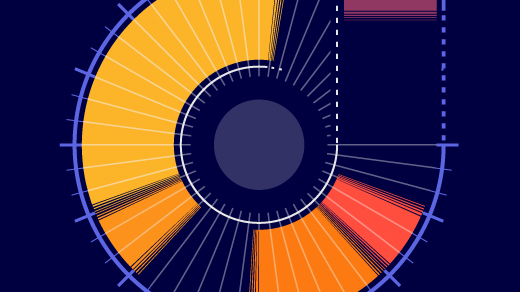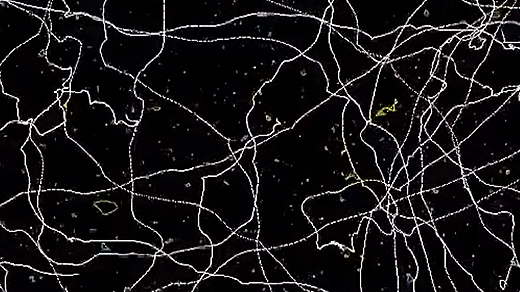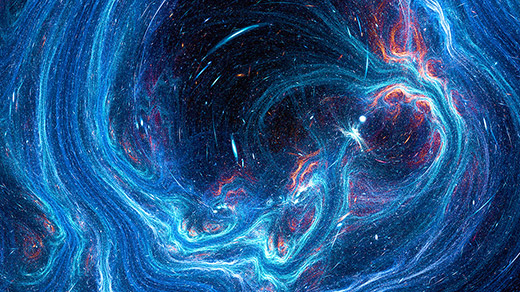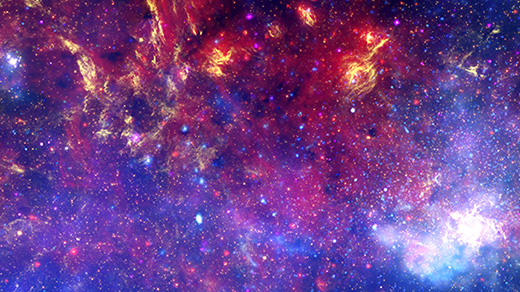What's up in
Cosmology
Latest Articles
The Search for Dark Matter Is Dramatically Expanding
Physicists plan to leave no stone unturned, checking whether dark matter tickles different types of detectors, nudges starlight, warms planetary cores or even lodges in rocks.
Physicists Pin Down Nuclear Reaction From Moments After the Big Bang
The newly-measured rate of a key nuclear fusion process from the Big Bang matches the picture of the universe 380,000 years later.
The Cosmologist Who Dreams in the Universe’s Dark Threads
Cora Dvorkin discovered new possibilities for what dark matter could be. Now she’s devising unorthodox ways to identify it.
The Hidden Structure of the Universe
Our new series of articles explores the search for fundamental structure at the edge of science.
Some Physicists See Signs of Cosmic Strings From the Big Bang
Subtle aberrations in the clockwork blinking of stars could become “the result of the century.” That’s if the distortions are produced by a network of giant filaments left over from the birth of the universe.
Physicists Argue That Black Holes From the Big Bang Could Be the Dark Matter
It was an old idea of Stephen Hawking’s: Unseen “primordial” black holes might be the hidden dark matter. A new series of studies has shown how the theory can work.
A New Cosmic Tension: The Universe Might Be Too Thin
Cosmologists have concluded that the universe doesn’t appear to clump as much as it should. Could both of cosmology’s big puzzles share a single fix?
Big Bounce Simulations Challenge the Big Bang
Detailed computer simulations have found that a cosmic contraction can generate features of the universe that we observe today.
An Alternative to Dark Matter Passes Critical Test
Modified gravity theories have never been able to describe the universe’s first light. A new formulation does.








